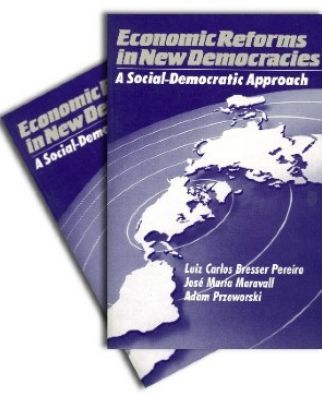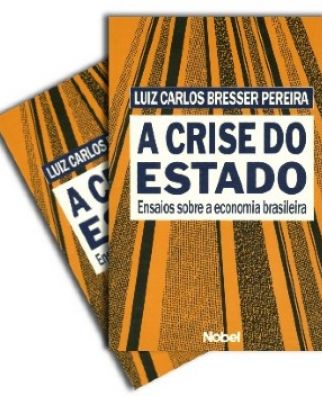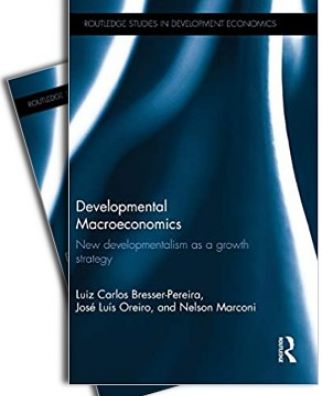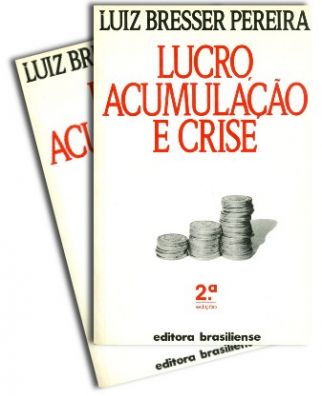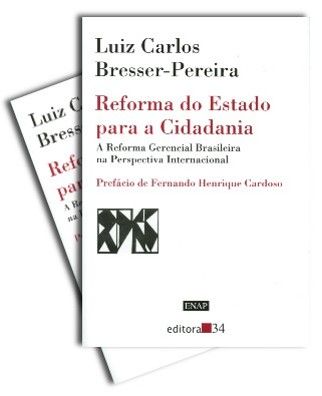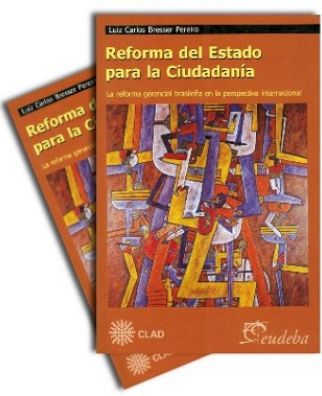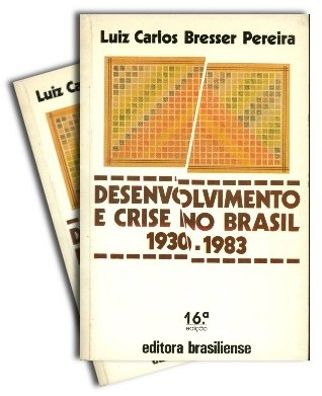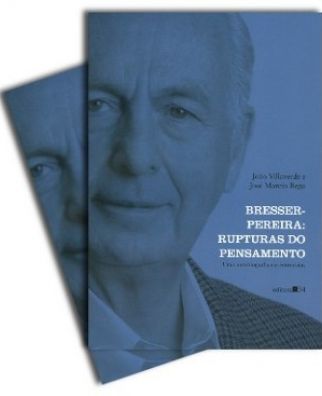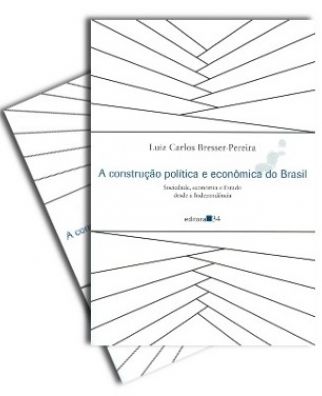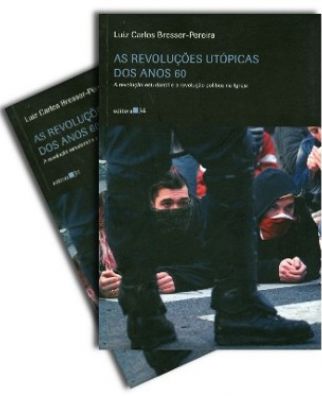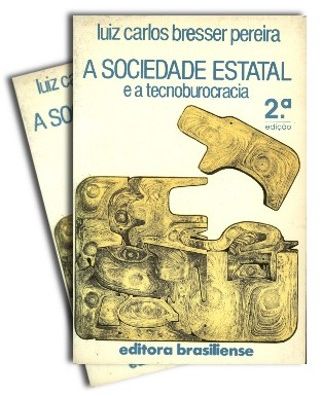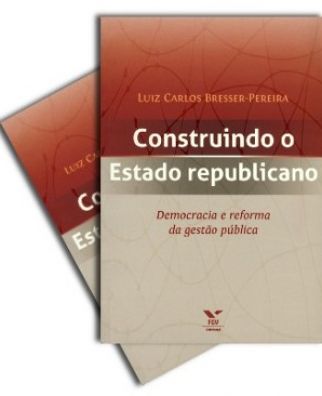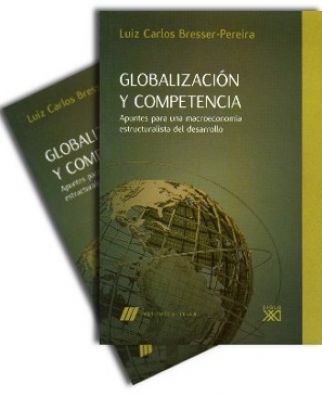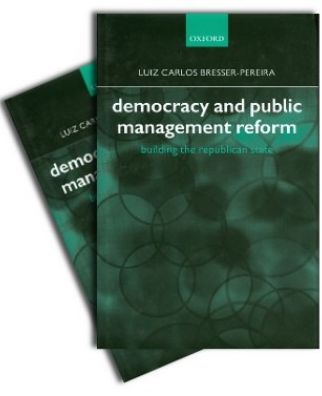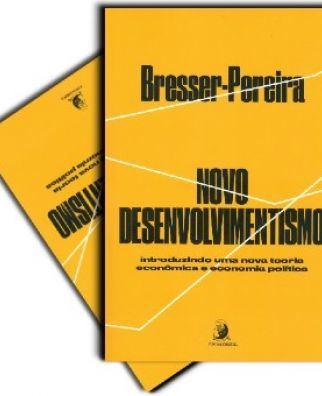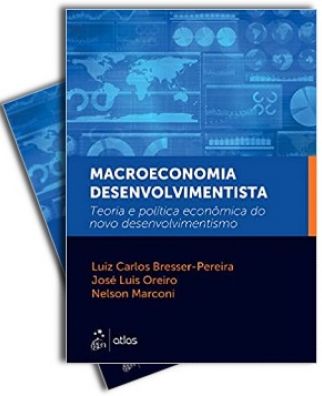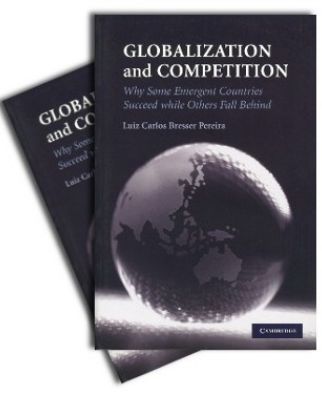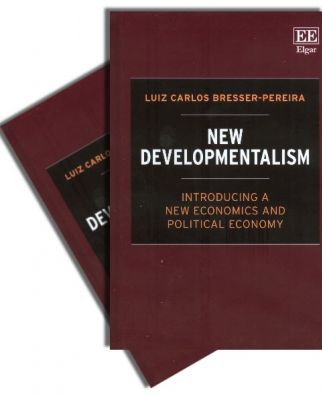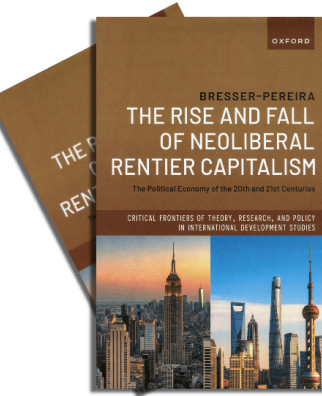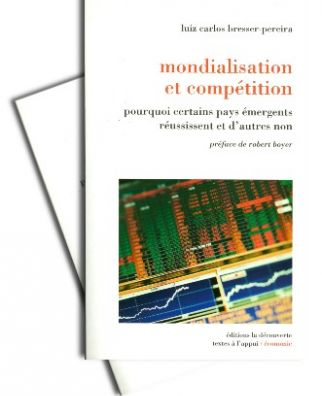1980 (Article: O São Paulo, 15.08)
BRAZILIAN ECONOMY
ALL TEXTS ON BRAZILIAN ECONOMY
1980 (Article: O São Paulo, 19.07)
1980 (Article: Folha de S. Paulo, 28.06)
1980 (Article: Folha de S. Paulo, 27.04)
1980 (Article: Folha de S. Paulo, 21.03)
1980. Short essay showing how the students of the more important business school in Brazil received a progressive education. (Revista Senhor).
1980 (Article: Folha de S. Paulo, 26.02)
1980 (Article: Folha de S. Paulo, 27.01)
1979 (Article: Folha de S. Paulo, 13.12)
1979 (Article: Folha de S. Paulo, 01.04)
1979 (Article: Jornal da Tarde, 16.03)
1979 (Article: Folha de S. Paulo, 04.03)
1979 (Article: Folha de S. Paulo, 21.01)
1977. An analysis of the modernizing, authoritarian and income concentrating character of the technobureaucratic-capitalist state, and of the respective model of development: "industrialized underdervelopment" (Book: Editora Brasiliense). Esgotado nas livrarias. Disponível in PDF format.
1977. Two strategies increasing demand were central in the Brazilian 1967-73 'miracle': the concentration of income benefiting the middle class and the rich and an active export policy. (Paper: Revista de Administração de Empresas).
1975. The basic characteristics of growth model that prevailed during the military regime: the technobureaucratic-capitalist model of industrialized underdevelopment. In macroeconomic terms it was based on the supply side on the production of luxury goods, on the demand side, on concentration of income from the middle-class upwards. French version available(
1975. The basic characteristics of growth model that prevailed during the military regime: the technobureaucratic-capitalist model of industrialized underdevelopment. In macroeconomic terms, on the supply side, it was based on the production of luxury goods; on the demand side, on the concentration of income from the middle-class upwards. Portuguese version available.
1975. The recession starting in 1974 explained by an increase in the profit rate higher than the increase in the technobureaucrtic middle class' salaries.(Note: Opinião)
1974. The modernization and profissionalization of the business enterprises in Brazil. The social origins and the career of Paulista chief executives. Esgotado. Disponível em formato PDF.
1974. The "new development model" begins in Brazil in the late 1960s, and later I called "modelo de subdesenvolvimento industrializado". Contrarily to what Celso Furtado predicted, income concetration benefiting the middle classes was behind the resumption of growth as it made aggregate demand consistent with the production of luxury consumption goods by multinationals. Portuguese and English versions available. This paper elaborates on the 1970 article, "Dividir ou multiplicar: A distribuição da renda e a recuperação da economia brasileira".(Paper: Revista Dados)
(Paper: Desarrollo Economico)

